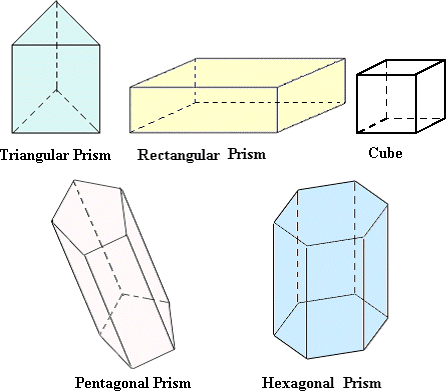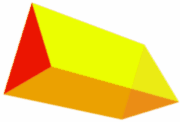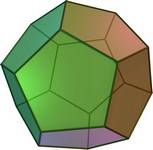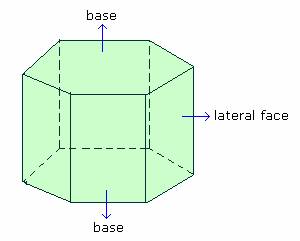Altitude [al-ti-tyood]
Noun
The altitude (also known as the height) is line at right angle to a side that goes through the oposite vertex.

Noun
The altitude (also known as the height) is line at right angle to a side that goes through the oposite vertex.
* Blue line is the altitude while the red lines are the triangle's edges.

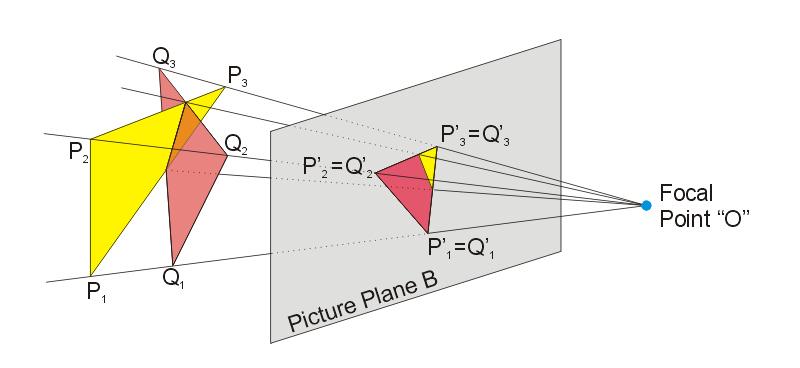



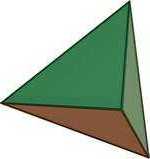
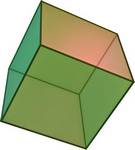
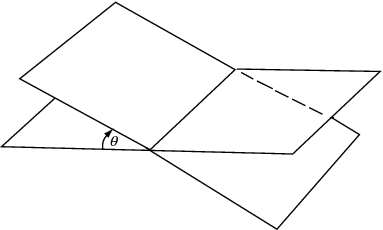







 ellipsoid = (4/3) pi r1 r2 r3
ellipsoid = (4/3) pi r1 r2 r3 




